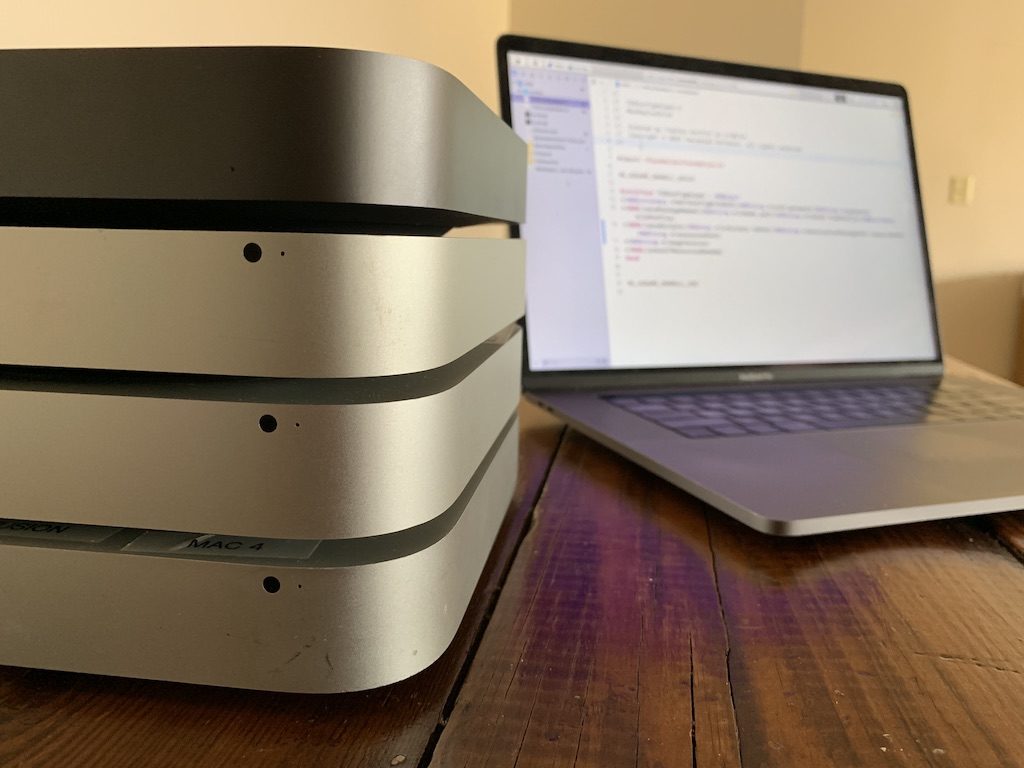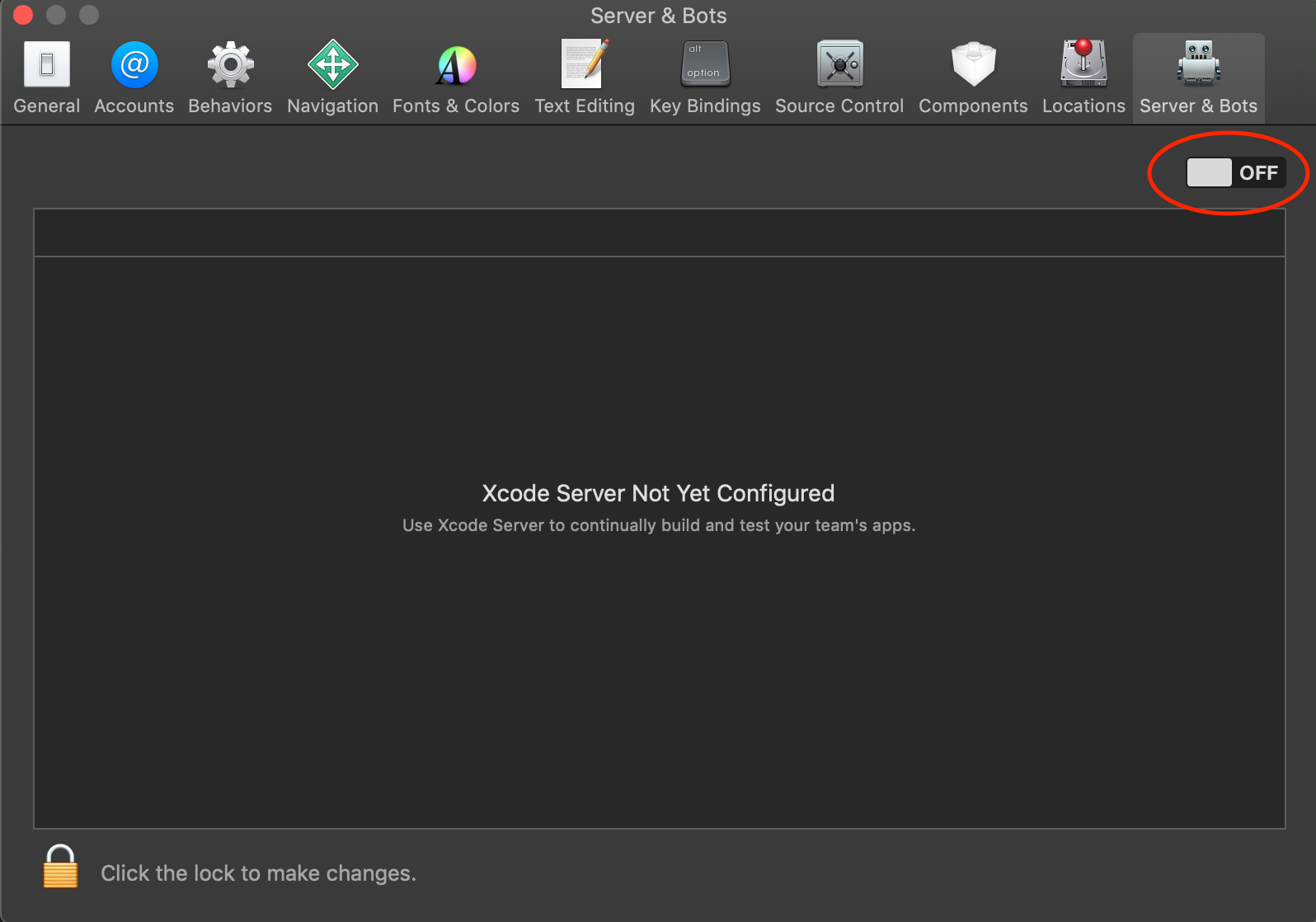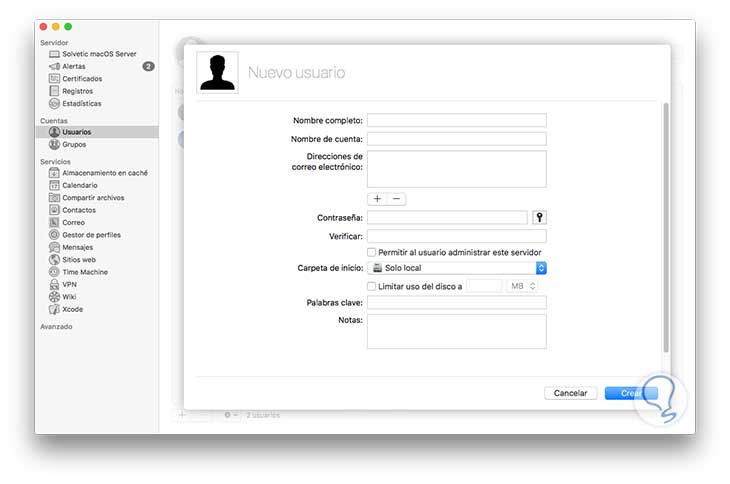

- #Macos server 5.5 xcode server setup mac os x#
- #Macos server 5.5 xcode server setup mac os#
- #Macos server 5.5 xcode server setup install#
- #Macos server 5.5 xcode server setup software#
Blue Box would eventually be renamed as the " Classic Environment" in Mac OS X, featuring the latest version of Mac OS 9.Īlthough marketed as a large advancement over AppleShare IP, it cost $499 and did not support Apple's own FireWire, making it incompatible with products like MicroNet's SANcube, a line of external high-speed high-capacity storage systems (debuting in the year 2000 for $4599 to $6999).
#Macos server 5.5 xcode server setup mac os x#
To run classic Mac OS applications, Mac OS X Server 1.0 includes the "Blue Box", which essentially ran a copy of Mac OS 8.5.1 (this could be updated to Mac OS 8.6 in version 1.2 and later) in a separate process as an emulation layer.
#Macos server 5.5 xcode server setup software#
This made it difficult for users to damage the OS by installing software – as soon as they signed out, the machine would re-boot with a fresh OS from the NetBoot server. This was particularly useful in a school or other public-machine setting, as it allowed the machines to be booted from a single OS copy stored on Server 1.0.

Server 1.0 also includes the first version of a NetBoot server, which allows computers to boot from a disk image over a local network. Furthermore, Apple's own FireWire was not supported. This meant that the only native applications for OS X Server 1.0 were written for the "Yellow Box" API, which went on to become known as " Cocoa". " Carbon", essentially a subset of "classic" Mac OS API calls, was also absent. The Dock and the Aqua appearance were not included these were added later in Mac OS X. Unlike any version of Classic Mac OS, windows with unsaved content display a black dot in the window close button like NeXTSTEP did.


The user interface still uses the Display PostScript-based window server from NeXTSTEP, instead of the Quartz-based WindowServer, which would appear a year later in Mac OS X Public Beta. Like the classic Mac OS, it has a single menu bar across the top of the screen, but file management is performed in Workspace Manager from NeXTSTEP instead of the classic Mac OS Finder. Server 1.0 contains a mix of features from the classic Mac OS, NeXTSTEP and Mac OS X. It did not include the eventual Aqua user interface (instead using NeXTSTEP's Workspace Manager shell mixed with aspects of Mac OS 8's " Platinum" user interface) or Carbon API. Mac OS X Server 1.0 was a prelude to the first consumer-oriented version of the OS- Mac OS X 10.0-which was released in 2001. It could run applications written using the " Yellow Box" API, and featured components such as NetBoot, the QuickTime Streaming Server, components carried over from NeXTSTEP, and the "Blue Box" environment (which allows a Mac OS 8.5 session to be launched as a separate process to run legacy Mac OS software). It was Apple's first commercial product to be derived from " Rhapsody"-an eventual replacement for the classic Mac OS derived from NeXTSTEP's architecture (acquired in 1997 as part of Apple's purchase of NeXT) and BSD-like Mach kernel. Released on March 16, 1999, it was the first version of Mac OS X Server. The app includes Xcode & Finder extensions and the Advanced Project Converter app best suited for gradual project migration.Mac OS X Server 1.0 is an operating system developed by Apple Computer, Inc. Swiftify for Xcode allows converting your Objective-C code to Swift 5.6 (or 5.5) right in Xcode. If this happens, reinstall both Xcode and Swiftify from the AppStore.Įmail if the issue persists. Important: if you don't see the “Xcode Source Editor” menu item under System Preferences -> Extensions, this is most likely due to a corrupt installation of the Xcode itself.
#Macos server 5.5 xcode server setup install#
To install Swiftify for Xcode in Xcode 13 (or Xcode 12) on macOS Monterey (or Big Sur): What does Swiftify for Xcode do? Visit to get your free API key.


 0 kommentar(er)
0 kommentar(er)
